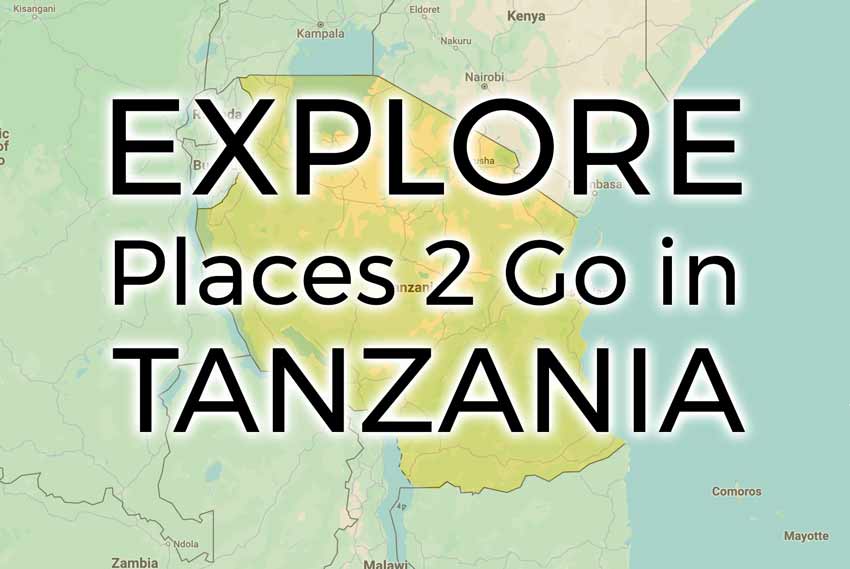Description: Mahale National Park is home to some of the last remaining wild chimpanzees: a population of roughly 800. Tracking the chimps is a fascinating experience.
It’s likely that you will observe them grooming each other in small groups, squabbling noisily, or bounding from tree to tree swinging on vines.
Watching a mother chimp with her offspring is truly remarkable. Difficult to reach and relatively expensive, Mahale has few visitors each year. And although chimpanzees are admittedly the main attraction, the park supports a diverse forest fauna, including troops of red colobus, red-tailed and blue monkeys, and a colorful array of forest birds.
You can also take a dip in the unbelievably clear waters of the world’s longest, second-deepest and least-polluted freshwater lake!
Location: Can only be reached by shared charter flight from Arusha. Combines well with a visit to Katavi National Park.
Things 2 Do: Chimpanzee Trekking, Hiking, Swimming/Snorkeling and Fishing
Time: Requires 3 or 4 night visit. Avoid Apr-May rainy season, though the November rains can be managed.
Animals: Chimpanzees, Red Colobus, Red-Tailed and Blue Monkeys and many colorful Birds.
Accommodations
$
Mango Tree Park Bandas
“We absolutely loved our experiences with Access 2 Tanzania. We booked our trip to Tanzania only a month before departure and were very happy to find out that November was the low season and that the lodging was still available. Karen was very responsive in getting the dates and bookings to us for review and took the time to talk to us over the phone a couple of times to ensure that we understood the details of our trip. The other highlight of our trip was the guides at Access 2 Tanzania. All of the guides that we had were great. However, our primary guide, Raymond, was the best guide that we have ever had on a trip anywhere and we have traveled a lot around the world. We felt incredibly safe while we were with Raymond. He was also very knowledgeable about Tanzania and the wildlife. He knew exactly where to take us to see the most wildlife and had an incredible eye for spotting the wildlife. He was able to spot wildlife that we could not see with binoculars using his own eyes.”


